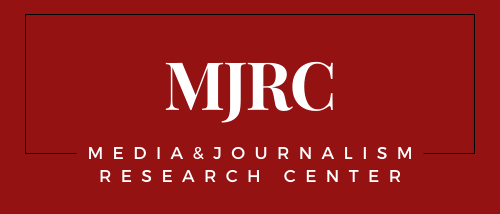The Business of Misinformation in Romania: Monetizing Dacians and the Apocalypse
A random click on an article about how neo-Marxists hate Christianity on an ultra-nationalist, xenophobic Romanian media outlet immediately displays a banner with news on the fight against the traditional family waged by George Soros, a financier and philanthropist who became the hate figure for the far-right; as well as on the dangers of chlorine-treated Chinese garlic for Germans, and on a child who fell ill after being vaccinated in hospital.
This is just one example of how creative misinformation websites in Romania can be. Dacian mysticism, mystery-miracle-conspiracy, alternative medicine, historical topics with a strong ultra-nationalist interpretation or religious ultra-Orthodox content – everything is on the table.
On the Romanian misinformation websites, “content is often copied from mainstream media and news agencies, with a commentary at the beginning of the article, or just a changed, sensationalized title,” according to Monetizing Dacians and the Apocalypse edited by our director Marius Dragomir.
The report summarizes the findings of research that mapped a total of 108 misinformation sites identified for analysis, of which a sample of 50 were analyzed in-depth. Mainstream media and government-funded organizations have not been included in the study, even if they frequently publish misinformation.
Romanian misinformation websites can be categorized according to their ideological consistency (money-spinners vs. true believers), their operational aspects (based on staffing, ownership, and belonging to a network), and funding sources (versatility).
According to the report, it is uncommon for these sites to reveal their location, their income, or the names of their staff members. However, research shows that most of them are financed through advertising. “Anybody who has ever clicked on a fake news item knows that the sheer amount of advertising makes it difficult to focus on content or navigate these sites,” Dumitrita Holdis, the report’s author wrote. Banners, pop-up windows and sponsored content are so prevalent that on some websites even the contact page is unreadable.
Similarly to other countries, social media platforms are part of the media ecosystem in which misinformation content spreads in Romania. All analyzed misinformation sites use multiple social media platforms including Facebook, Instagram, Pinterest and YouTube, but also VKontakte, in some cases. “They often repost content in the case of networks (or related sites) and have active followers,” the report concluded.
Read The Business of Misinformation in Romania full report
Romanian media outlet PressOne published an investigative article based on this report. You may read it in Romanian here.
Invest in independent media research and join a community of practice.
Your contribution supports MJRC’s investigations and global analysis. As a supporter, you can receive early access to new findings, invitations to small-group briefings, inclusion in our Supporters Circle updates, and the option to be listed on our Supporters Page.
Contribute to MJRC